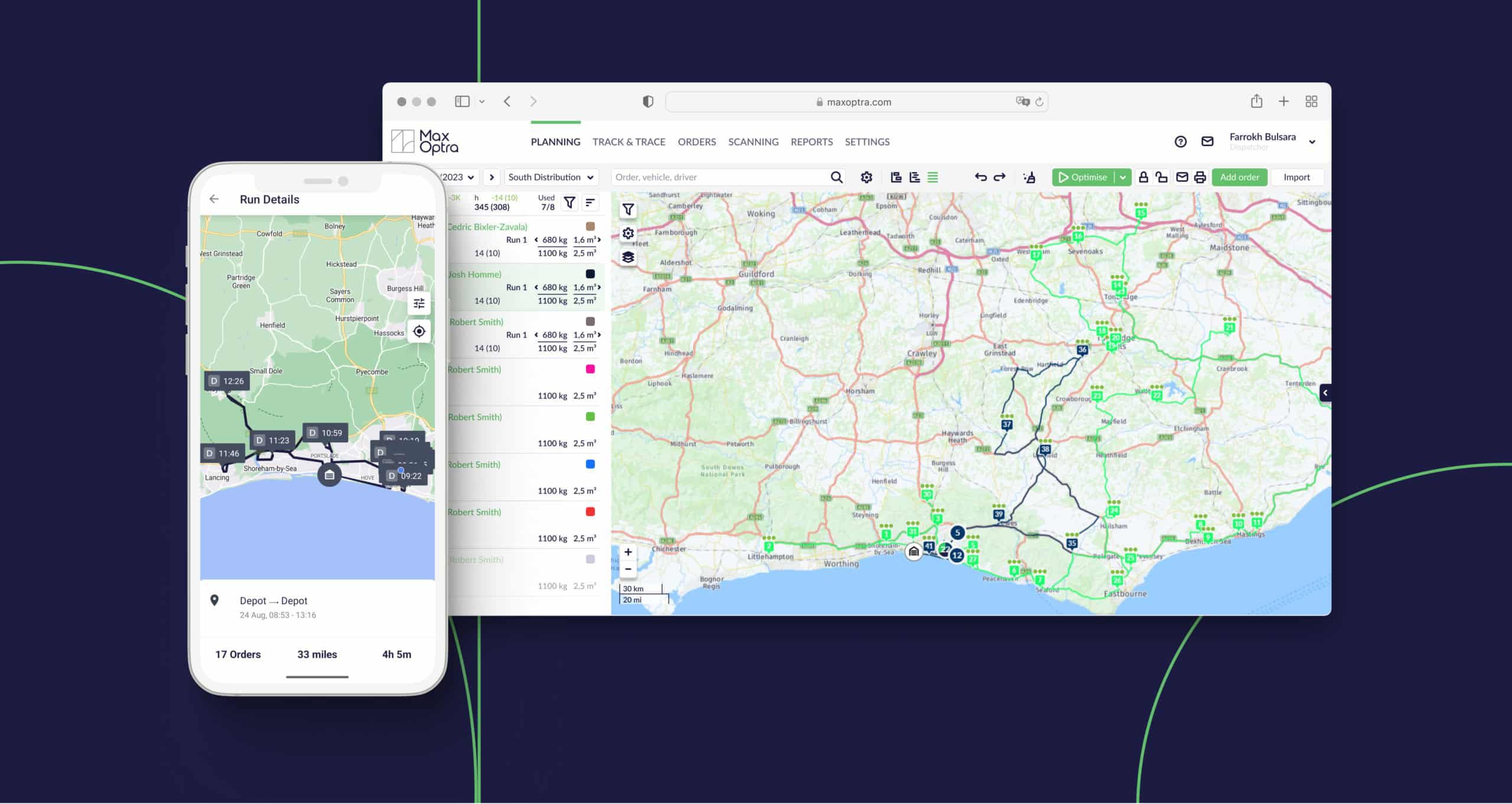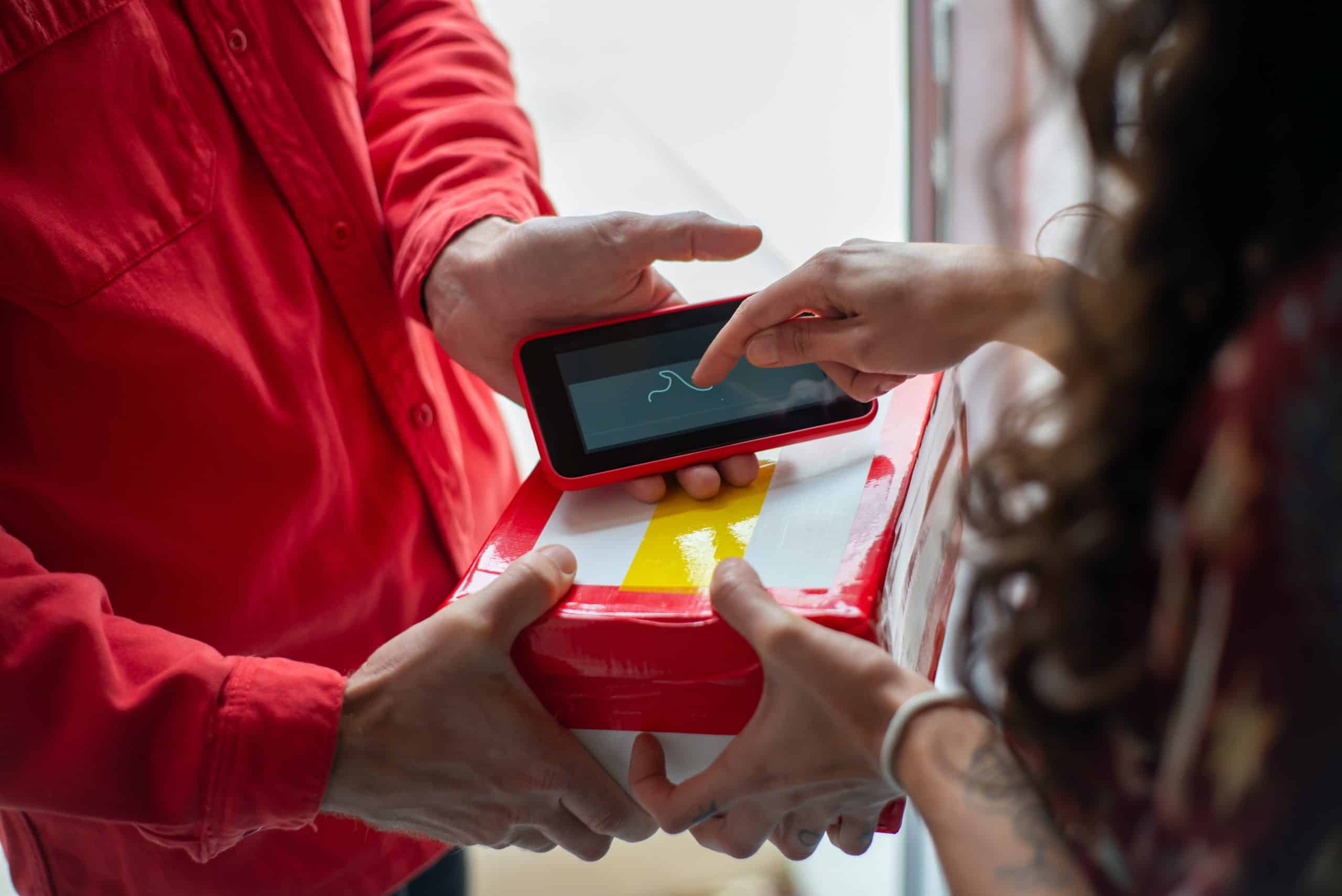No matter what your industry, whether it be furniture, construction, food and drink, or pharmaceutical supplies, selling to businesses and consumers alike is becoming increasingly competitive. Customer demands are soaring not only in terms of product offering, the buying process, and customer service, but also in terms of delivery. The result is that many businesses…
Maxoptra Blog
Route Optimisation’s Impact on Compliance and Safety Today, businesses need to run at a fast, efficient pace, with the transportation industry playing a vital role in keeping supply chains moving in this way. However, alongside this efficiency, ensuring compliance with regulations and maintaining safety standards is essential, with there being a variety of rules which…
2024 has already proven to be a year where businesses are being particularly proactive; reviewing their route optimisation needs, and ensuring they are getting the best possible solution and service in the industry. With this in mind, we have recently welcomed a significant amount of new customers to the MaxOptra community. We were keen to…
We likely don’t have to remind you that today the efficient and reliable delivery of goods for both consumers and businesses is key to customer satisfaction. However, as businesses strive to meet increasing demands and optimal performance, the environmental impact of these operations has come under scrutiny. Route optimisation has quickly become a go-to for…
As we bid farewell to 2023, we are excited to reflect on the milestones and successes that have defined MaxOptra’s journey throughout the year. It has been a year of remarkable achievements, strategic partnerships, and significant growth, solidifying our position as one of the two leading route optimisation providers in the UK. Read on to…
As we look to the future, we predict that the landscape of consumer buying behaviour will continue to change at a rapid rate, driven by technological innovations, shifting values, and an escalating demand for both personalised and sustainable experiences. If they are not already, businesses must explore future trends and adjust their strategy accordingly to…
The delivery and logistics landscape is undergoing a rapid transformation, driven by evolving consumer expectations, technological advancements, and a growing emphasis on sustainability. As we look ahead to 2024, several key trends are poised to shape the industry and redefine how purchases are moved from point A to point B. In this blog post, we’ll…
Investing in route optimisation software is a big decision for any business. The system may be responsible for managing your orders, routes, drivers and customer communications, making it an incredibly important part of your business. That’s why it’s so important to choose the right route optimisation provider for your business, taking into account everything from…
Peak season is officially upon us. Holidays, Black Friday, and sales bring an exciting surge in demand for products and services. However, it also brings inevitable pressure on businesses as they try to keep up with demand. As consumer demands continue to soar, delivery is a hot topic for customers who want their purchases delivered…
In the first of our two-part eCommerce logistics blog series, we explored what eCommerce logistics is and what consumers truly want from eCommerce brands. Welcome to part 2, where we focus on all-things eCommerce logistics strategy. Identifying the tactics that empower brands to offer consumers a smooth and reliable delivery experience, that helps them stand…
In today’s digital age, the world of commerce has undergone a transformative shift, with the rise of eCommerce revolutionising the way we buy and sell goods. Behind the seamless online shopping experiences lies a complex and dynamic system known as eCommerce logistics. This two-part series will delve deep into the intricacies of eCommerce logistics, shedding…
In a world where hard-sell, product-focused tactics once dominated, now the customer calls the shots. In the process, the last leg of the delivery process, from the distribution centre to the customer’s doorstep, has gained immense importance for businesses in every industry. In this blog post, we will explore the significance of last mile logistics…
Posts navigation
Maxoptra System
© MaxOptra, 2023. Privacy Policy and Cookies












